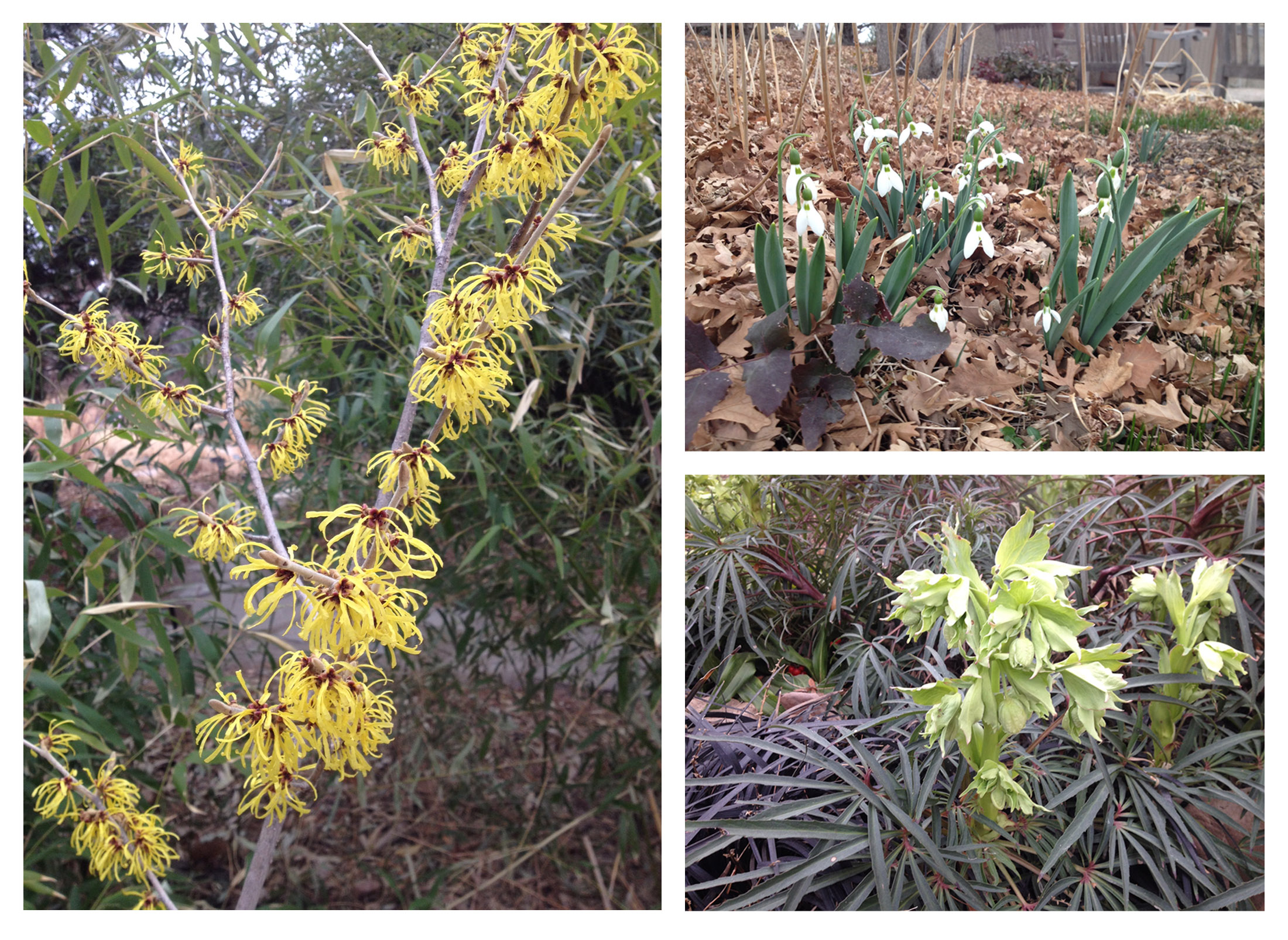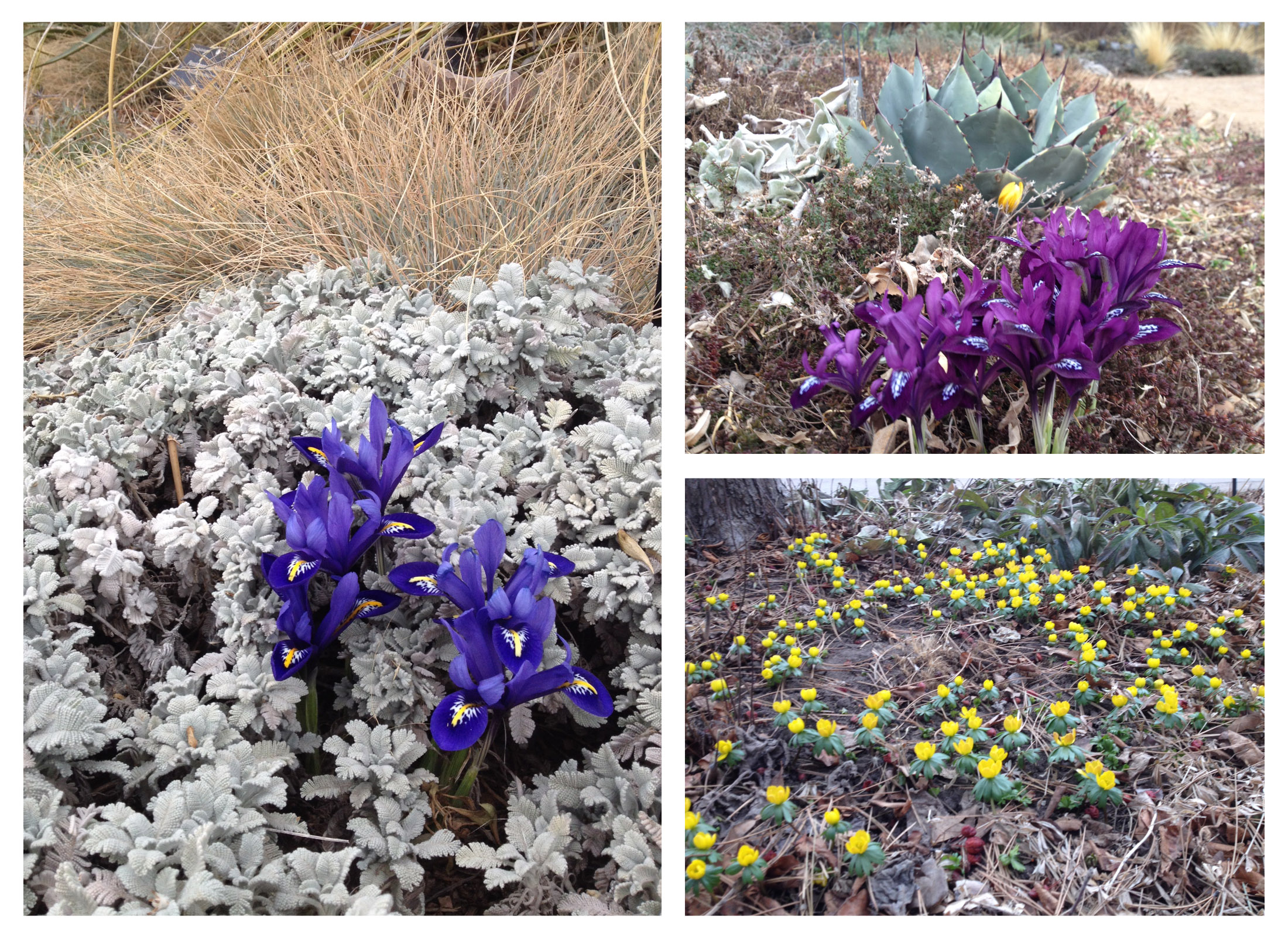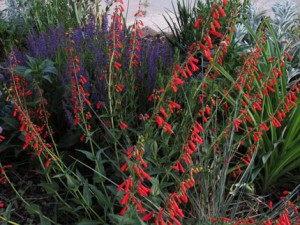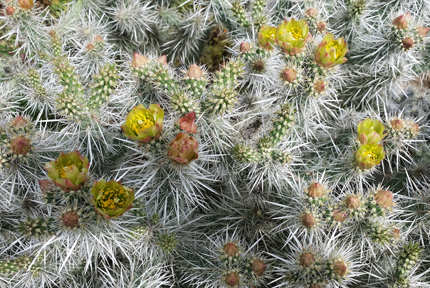by Todd Rutherford
A visit to the Denver Botanic Gardens has revealed that the first signs of spring are making their presence known. As we have been experiencing a recent warm spell here in the Denver area, I decided to check out the Gardens to see what might be blooming. Sure enough, there were many bulbs and some shrubs that were taking advantage of the balmy weather to burst forth in bloom.
Below are just a small sampling of what’s flowering now at the Gardens:

Clockwise from left: Witchhazel; Snowdrops; Hellebores

Clockwise from left: Dwarf Iris in Partridge Feather; Dwarf Iris with Crocus and Agave; Winter Aconite
This is the official blog of Outdoor Design Group, Colorado Landscape Architects. For more information about our business and our services, click here.
Related Posts:
by Todd Rutherford

I took this photo of a Firecracker Penstemon (Penstemon eatonii) in my garden back in early June. We here in the Denver area were enjoying spring like weather at the time, and so the vivid red blooms of this beauty were still captivating the pedestrians in my neighborhood who passed it by. Despite its namesake, these blooms do not make it to July 4th, as this plant usually begins flowering in early to mid Spring. Behind the penstemon, you can see a blue salvia providing a lovely blue-purple counter note to the penstemon’s brilliant warm red. This particular plant is looking a little leggy. The bed where it resides gets a bit more moisture than the plant should be receiving. It is my understanding that many (if not most) of the penstemons do better on the drier side. For useful information on how best to care for penstemons, please see the list of penstemon growing tips on the High Country Gardens website. One characteristic I appreciate about Firecracker Penstemon is the foliage can be evergreen throughout our Denver winters. And, if you have hummingbirds visiting your yard, they might be happily feeding on the tubular flowers this gorgeous plant produces.
I started this plant indoors, from seed. Many of the penstemons are very easy to acquire this way. This ease of starting from seed obviously translates to the the plants reseeding themselves in the garden. However, I find they are only mild re-seeders, and not nuisance re-seeders like lamb’s ear or blanket flower.
I highly recommend you add a splash of red to your landscape with Firecracker Penstemon. If red is not the color you are after, there are several other penstemon species and hybrids to choose from that offer diverse flower colors on plants that are perfect for low-water landscapes.
This is the official blog of Outdoor Design Group, Colorado Landscape Architects. For more information about our business and our services, click here.
Related Posts:
by Todd Rutherford

This photo of a Datura bloom was taken in the early evening, soon after it had opened. In the background of the Datura are blanket flowers (Gaillardia aristata). Datura wrightii is Datura’s full scientific name, but it may also be known as Jimsonweed, sacred thorn-apple or angel trumpet. The flowers are amazingly fragrant, with one of the best floral scents available in the xeric garden. The striking flowers begin to open at the start of night fall, and close up and wither soon after sunrise the following morning. In its native habitat, night flying moths are its main pollinator. Scientists report that the hawkmoth (Manduca sexta) is Datura’s typcial native pollinator (http://aob.oxfordjournals.org/content/103/9/1435.full.pdf), and also one of its main consumers as the moth larvae feed on the plants tissues soon after hatching from their egg cases.
In my garden, I mostly observe European honeybees visiting the flowers early in the evening before their day is done. The bees can be seen anxiously and voraciously trying to get into the nearly opened flowers. The plant’s flowers exert a hypnotic draw to the bees who are dwarfed by the Datura bloom’s size. In my photo you can see a honey bee who’s happily made it into the flower.
Datura’s are easy to grow in average soil with full sun. They are easy to start from seed, as evidenced by the many seedlings you might find popping up around your xeriscape beds. Datura is usually classed as an annual in most areas of Colorado. But I’ve got a couple plants that have become perennial in one of my flower beds. Every year I have several plants that come up from seed.
Datura is said to be a source of hallucinogenic compounds, but that seems to be in dispute. What is not in dispute by horticultural experts is that all parts of Datura plants contain “dangerous levels of anticholinergic tropane alkaloids and may be fatal if ingested by humans, livestock or pets.”(https://en.wikipedia.org/wiki/Datura_wrightii) Even more shocking is the connection of Datura wrightii’s cousin, Datura stramonium to the creation of slave zombies in Haiti. So don’t ingest the Datura, just observe their beauty and admire their fragrance as you enjoy the late summer evening.
This is the official blog of Outdoor Design Group, Colorado Landscape Architects. For more information about our business and our services, click here.
Related Posts:
by Matt Corrion

This is a photo of Cylinddroppuntia echinocarpa ‘Silver Form’, in bloom in Arvada, Colorado. It’s a beautiful plant that glows with silver spines throughout the year. While no man nor animal would want to brush against it, the bees love frolicking within the sweet nectar-filled blooms.
According to AmericanSouthwest.net, this plant’s native range includes the arid deserts of East California, west Arizona, southeast Utah and south Nevada.
This is the official blog of Outdoor Design Group, Colorado Landscape Architects. For more information about our business and our services, click here.
Related Posts:
by Matt Corrion
As 2014 nears a close, we’ve created a quick collage highlighting a few of the projects we’ve worked on over the year:

This is the official blog of Outdoor Design Group, Colorado Landscape Architects. For more information about our business and our services, click here.
Related Posts:





